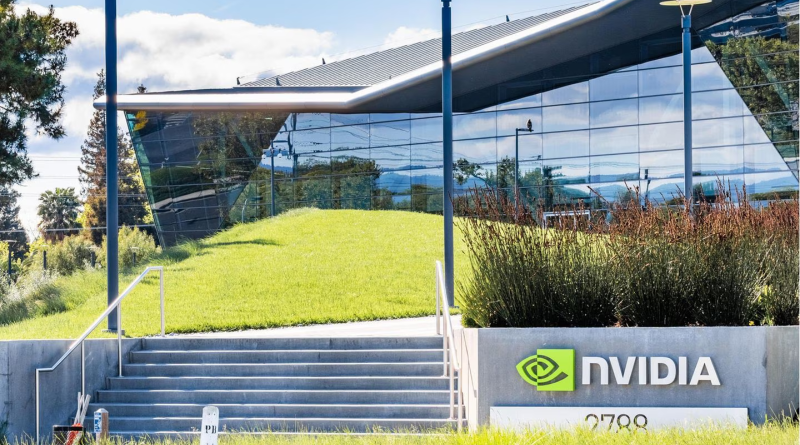Insights of Nvidia and it’s commercial ingredient: AI Chips
Nvidia has become the world’s most valuable company due to its AI chips, which are in high demand from major cloud giants
The recent commentary on Nvidia’s rapid growth and the broader disillusionment with AI highlights several key issues and recommendations. The AI hype has propelled this success despite the potential downsides as the market matures. However, the sustainability of this growth could be better, especially as the downstream benefits of AI could be more apparent. CEO Jensen Huang is steering Nvidia into software sales, which may face challenges maintaining the same explosive growth. The Gartner Hype Cycle places AI deep in the “trough of disillusionment,” indicating that the technology’s potential has been overhyped. The path to a more stable and realistic outlook involves reaching a “plateau” where AI’s true capabilities are understood and integrated. Tech companies like OpenAI and Google have contributed to the problem by setting overly ambitious goals for AI, such as achieving artificial general intelligence (AGI). It has muddied the waters regarding AI’s practical applications and created unrealistic expectations. AI should not be framed as a general-purpose tool that can solve all problems; instead, it should be positioned as a technology with specific, niche applications. This approach would prevent paralysis among end-users who need help understanding where to begin.
Successful implementations of AI often start with personal experimentation, akin to the early adoption of mobile devices in the workplace. Companies should encourage such experimentation to uncover AI’s practical benefits and build momentum. For example, ChatGPT has succeeded in operational tasks like writing emails and drafting procedures, but broader implementation needs to be improved. It underscores the need for realistic expectations and targeted use cases. Tech giants like Microsoft, Google, and Amazon should provide more realistic guidance to customers regarding AI’s capabilities and implementation timelines. It includes emphasizing that AI can take years to integrate effectively into operations. Tailoring AI applications to specific tasks like text-based customer service can lead to more successful outcomes than broad, generalized uses. The rhetoric of AI as a general-purpose solution or magic fix-all can contribute to a bubble if left unchecked. Tech firms must resist this temptation and focus on realistic, achievable applications of AI technology. While AI holds significant promise, its successful deployment requires a measured approach that manages expectations and focuses on practical, niche applications. Tech firms are responsible for guiding their customers in this direction to avoid disillusionment and foster sustainable growth in the AI sector.




